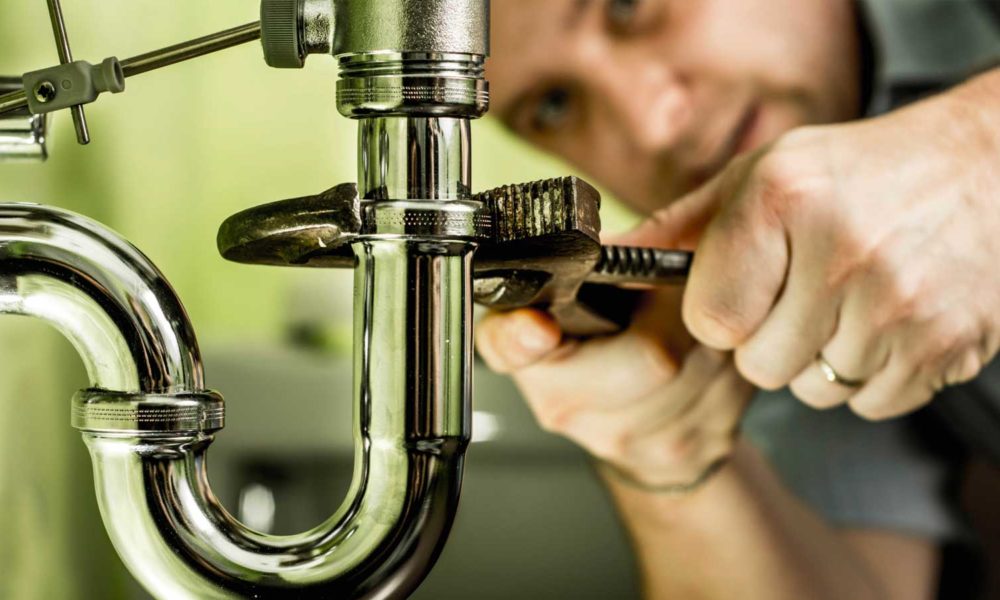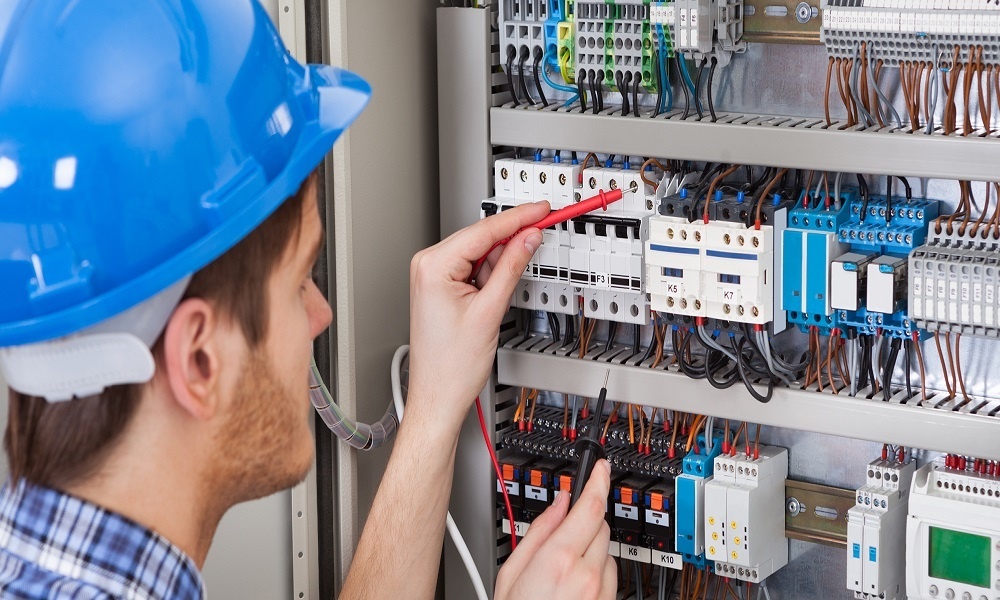
Heating, Ventilation & Air Conditioning (HVAC)
HVAC Modules:
Introduction to HVAC (7.5 Hours, Module ID 03101-13)
Covers the basic principles of heating, ventilating, and air conditioning, career opportunities in HVAC, and how apprenticeship programs are constructed. Basic safety principles, as well as trade licensure and EPA guidelines, are also introduced.
Trade Mathematics (10 Hours, Module ID 03102-13)
Explains how to solve HVAC/R trade-related problems involving the measurement of lines, area, volume, weights, angles, pressure, vacuum, and temperature. Also includes a review of scientific notation, powers, roots, and basic algebra and geometry.
Basic Electricity (12.5 Hours, Module ID 03106-13)
Introduces the concept of power generation and distribution, common electrical components, AC and DC circuits, and electrical safety as it relates to the HVAC field. Introduces reading and interpreting wiring diagrams.
Introduction to Heating (15 Hours, Module ID 03108-13)
Covers the fundamentals of heating systems and the combustion process. Provides the different types and designs of gas furnaces and their components, as well as basic procedures for their installation and service.
Introduction to Cooling (30 Hours, Module ID 03107-13)
Explains the fundamental operating concepts of the refrigeration cycle and identifies both primary and secondary components found in typical HVAC/R systems. Also introduces common refrigerants. Describes the principles of heat transfer and the essential pressure-temperature relationships of refrigerants. Introduces basic control concepts for simple systems.
Introduction to Air Distribution Systems (15 Hours, Module ID 03109-13)
Describes the factors related to air movement and its measurement in common air distribution systems. Presents the required mechanical equipment and materials used to create air distribution systems. Introduces basic system design principles for both hot and cold climates.
Basic Copper and Plastic Piping Practices (10 Hours, Module ID 03103-13)
Explains how to identify types of copper tubing and fittings used in the HVAC/R industry and how they are mechanically joined. Also presents the identification and application of various types of plastic piping, along with their common assembly and installation practices.
Soldering and Brazing (10 Hours, Module ID 03104-13)
Introduces the equipment, techniques, and materials used to safely join copper tubing through both soldering and brazing. Covers the required personal protective equipment, preparation, and work processes in detail. Also provides the procedures for brazing copper to dissimilar materials.
Basic Carbon Steel Piping Practices (10 Hours, Module ID 03105-13)
Explains how to identify various carbon steel piping materials and fittings. Covers the joining and installation of threaded and grooved carbon steel piping systems, including detailed descriptions of threading and grooving techniques.











